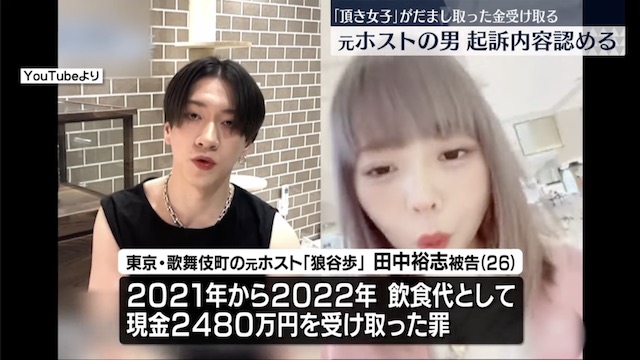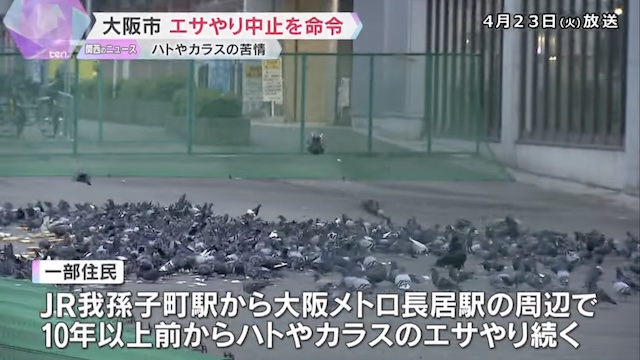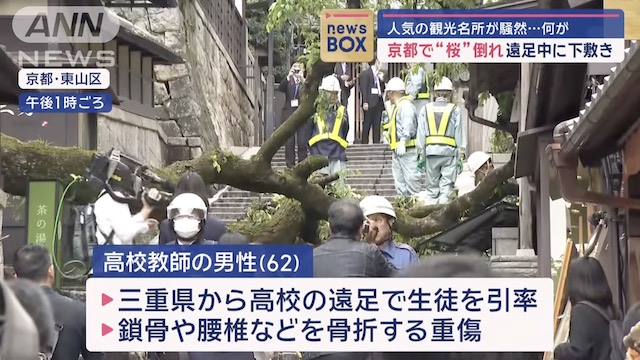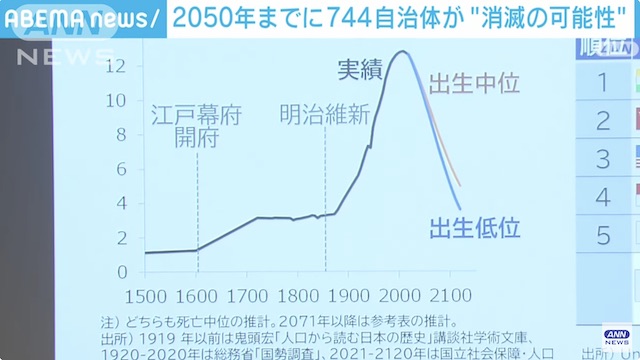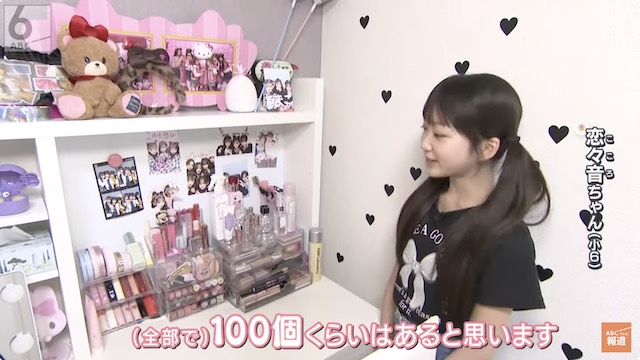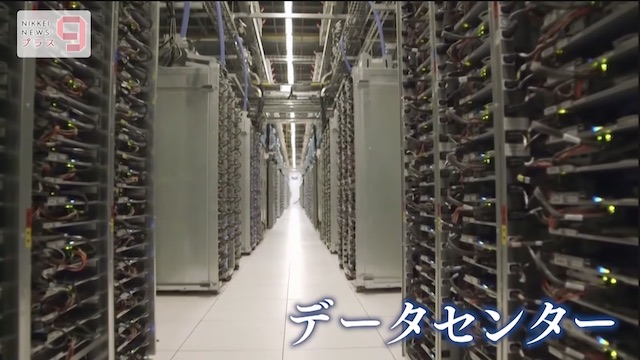May 29 (Japan Times) - At the beginning of April, a young sumo wrestler known as Shobushi came down with a fever. His coaches tried calling a local public health center to get him a coronavirus test, but the phone lines were busy.
For four days, he was turned away by clinics in Tokyo overwhelmed during a surge of COVID-19 cases. He was finally admitted to hospital on April 8 when he began coughing up blood, but died of the disease on May 13, the Japan Sumo Association said.
Shobushi’s death caused a public outcry over testing limitations and a reliance on overstretched public health centers at a time when most experts were saying widespread virus checks are crucial to containing the pandemic.
With Japan lifting its state of emergency and reopening its economy this week, its pandemic response has been hailed as an unlikely success. In a global death toll of more than 300,000, Japan has confirmed around 800 deaths from 16,000 cases.
Yet at the same time, Japan ranks the second lowest in its testing among countries belonging to the Organisation for Economic Co-operation and Development.
As of May 20, Japan conducted 3.4 tests per 1,000 people, far below Italy’s 52.5 and 39 in the United States, according to Oxford University data. South Korea has carried out tests on 15 people per 1,000 people.
In more than a dozen interviews, public health officials, doctors and experts warned Japan’s slow scaling up of tests could mask the scale of infections and make its population vulnerable to future outbreaks.
Critics say vested interests and bureaucracy inside the health ministry caused bottlenecks at overworked public health centers, and officials waited too long to allow private labs to run tests.


